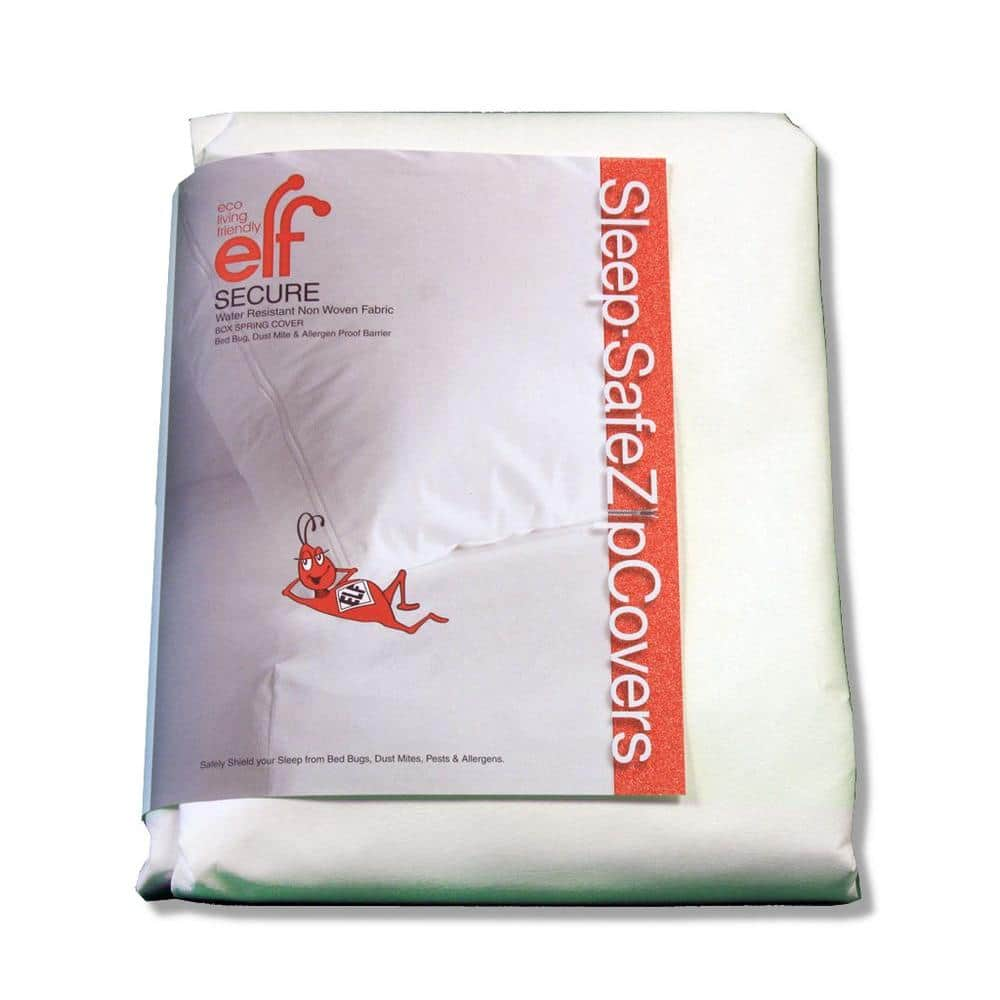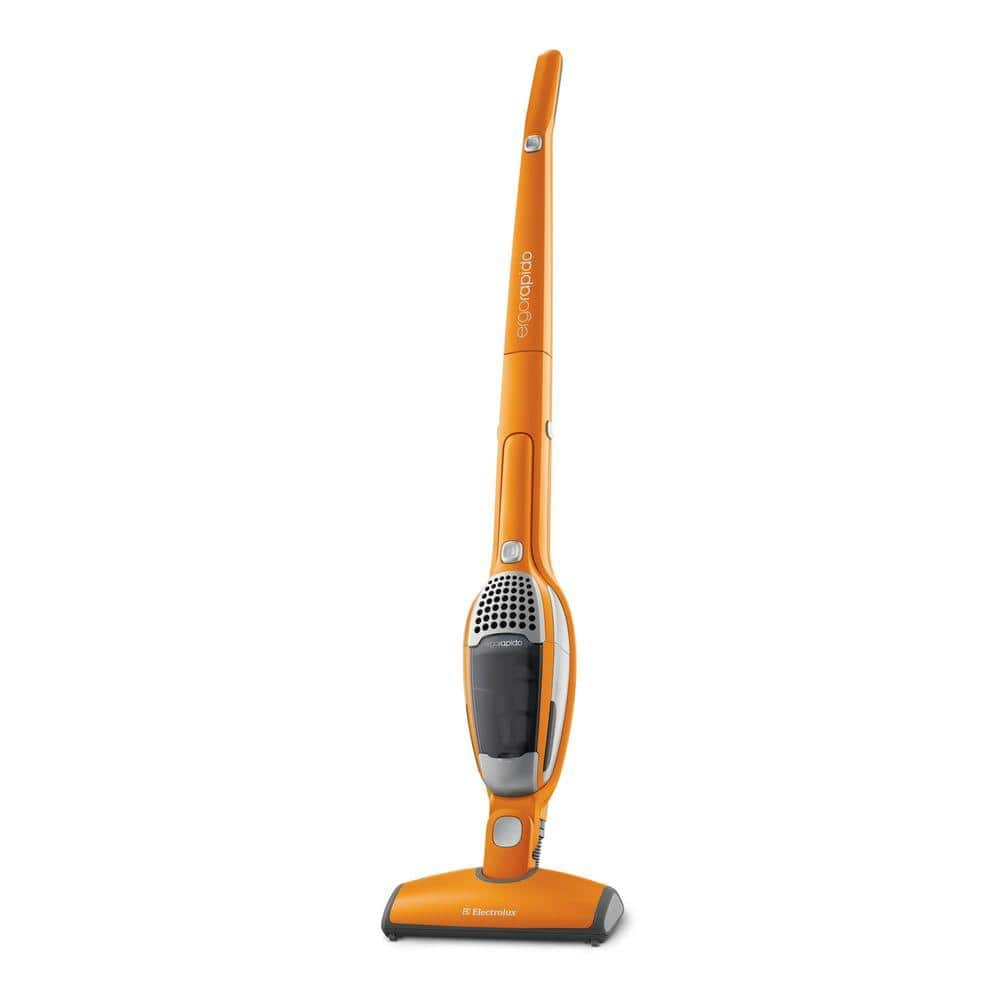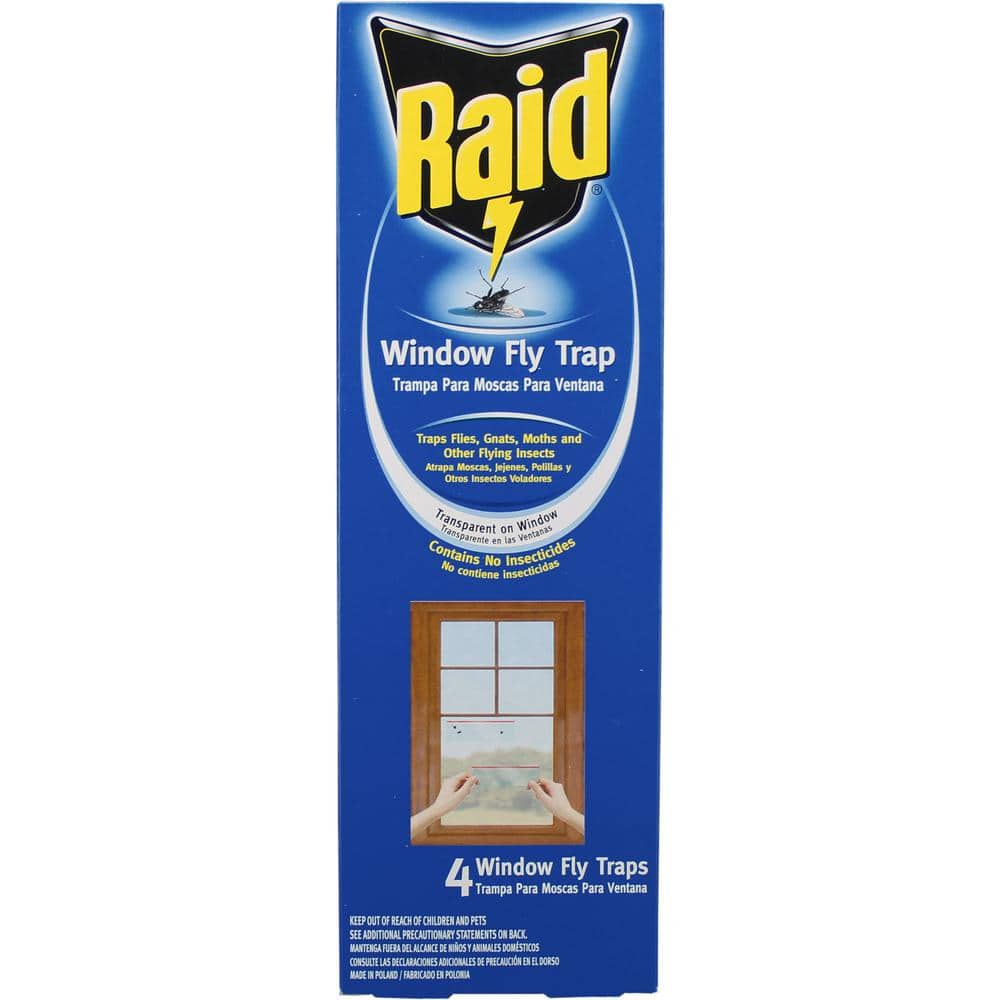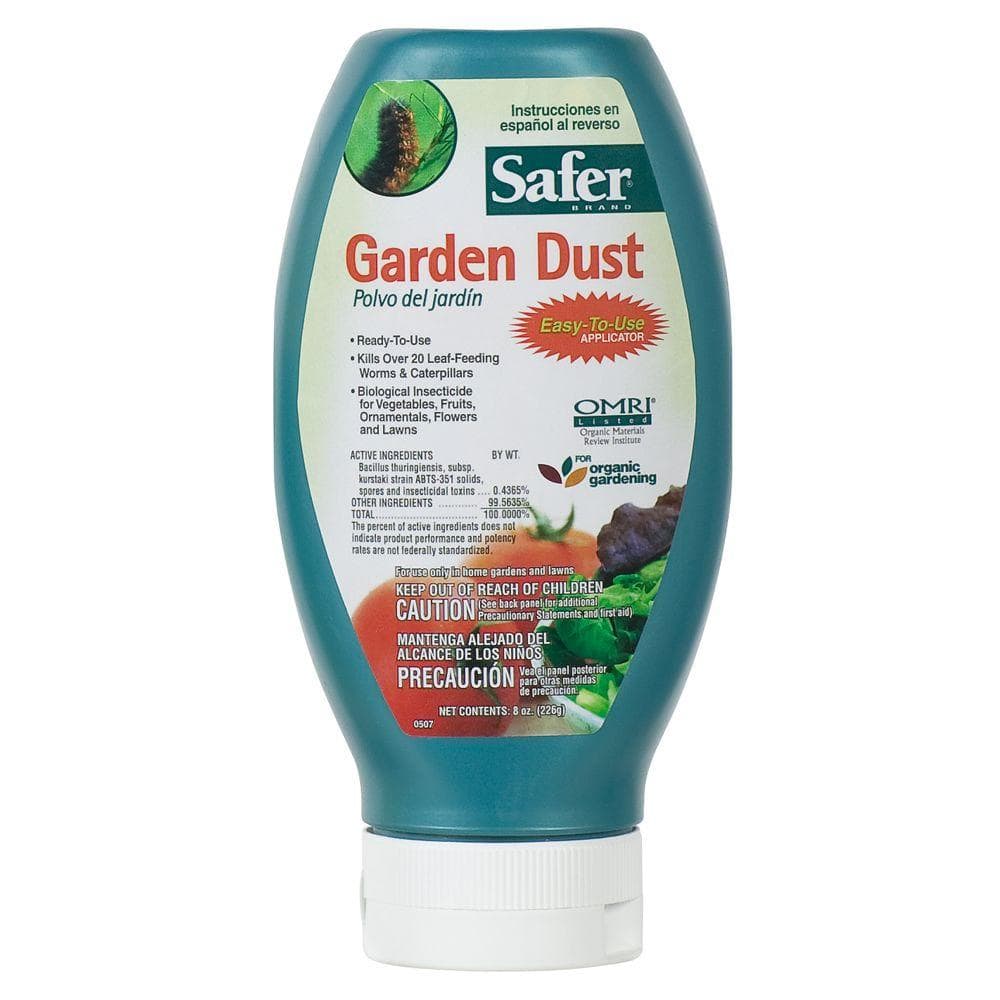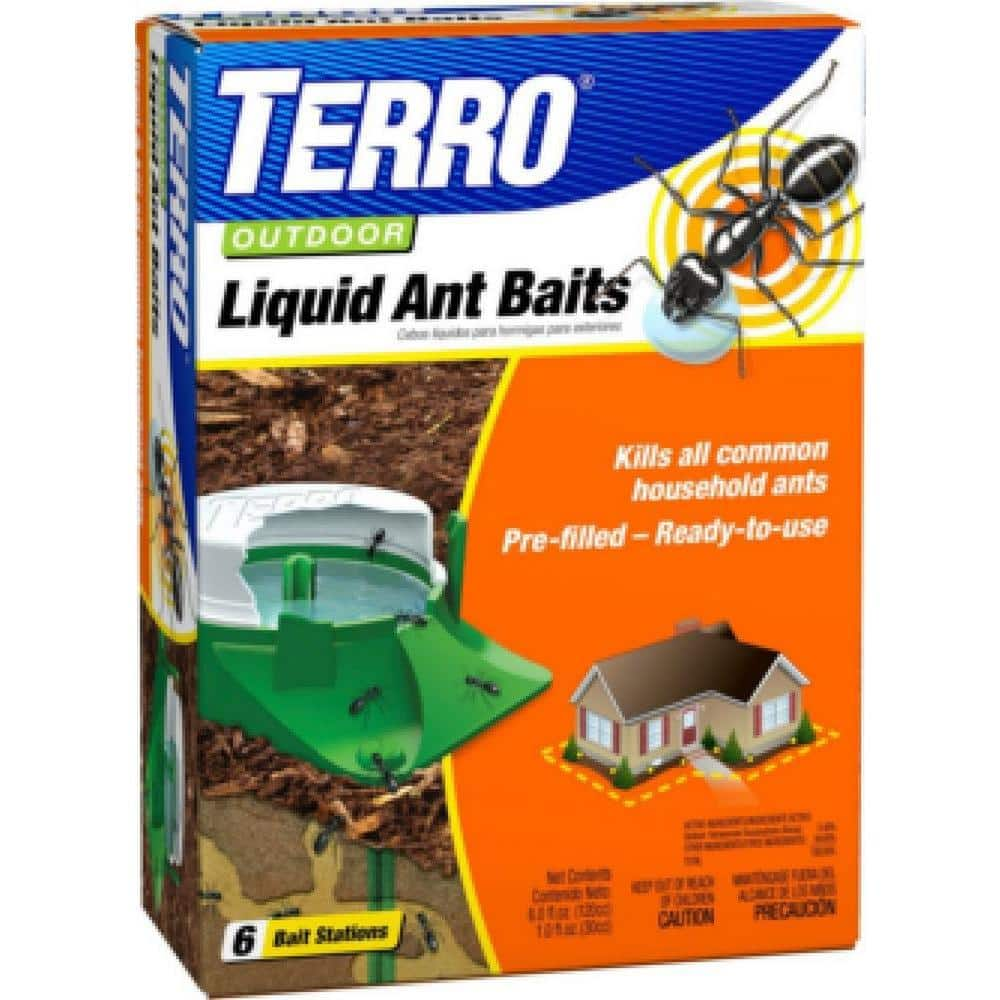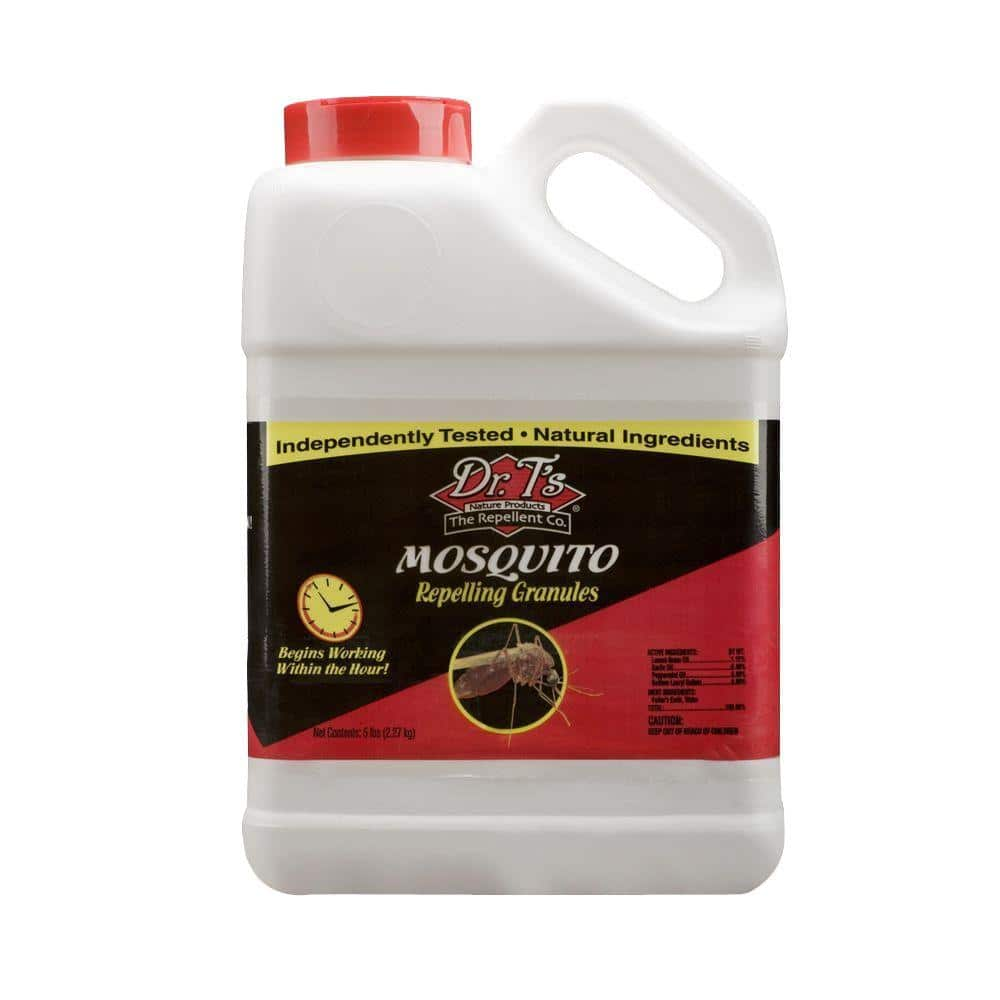How to Get Rid of Bed Bugs

Last updated September 29, 2023
Bed bugs get their name from their hiding spot of choice. These irritating pests burrow into bed frames and mattresses during the day and become active at night, feeding on pets and people.
This guide will walk you through a systematic approach to bed bug treatment so you can learn how to get rid of bed bugs, identify what bed bugs look like and feel confident that you are preventing future infestations.
Table of Contents
How to Identify a Bed Bug Infestation
How to Prepare Your Room for Bed Bug Treatment
How to Contain the Infestation
What are Some Indoor Bed Bug Treatments?
What to Do If You're Bitten
Perform Preventative Bed Bug Maintenance
How to Identify a Bed Bug Infestation
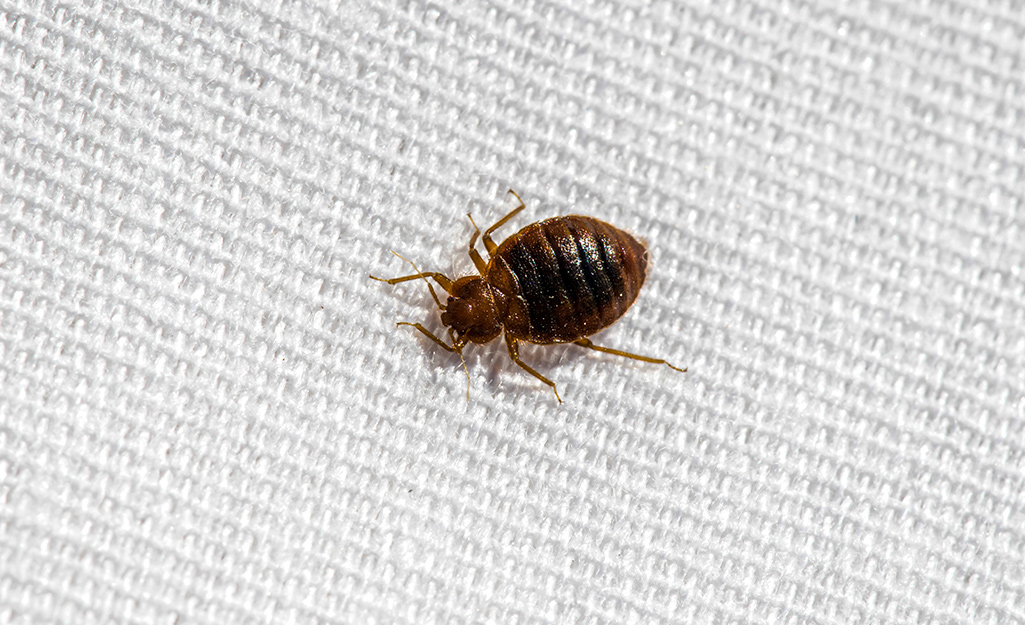
Since bed bugs like to burrow into furniture and bedding, it can be difficult to confirm that you have an infestation.
Signs to look for:
- A sweet, musty odor.
- Rust-colored spots on your bedding or mattress.
- Larger, adult bed bugs can occasionally be spotted in mattress folds, fabric seams or on the wall behind the headboard.
- Bite marks arranged in lines or clusters on your face, neck, arms or hands.
How to confirm an infestation:
- Aim a hot hair dryer into cracks and crevices in the mattress and around the bed to force bed bugs out of their hiding places.
- Use bed bug trapsto monitor pest activity and provide a barrier between the floor and your bed and furniture. Glue traps and interceptors capture the bugs around your bed so you can see proof of your infestation.
What do bed bugs look like:
- Wingless
- Dark brown color
- Smaller than a ladybug
- Flat and oval-shaped
How to Prepare Your Room for Bed Bug Treatment
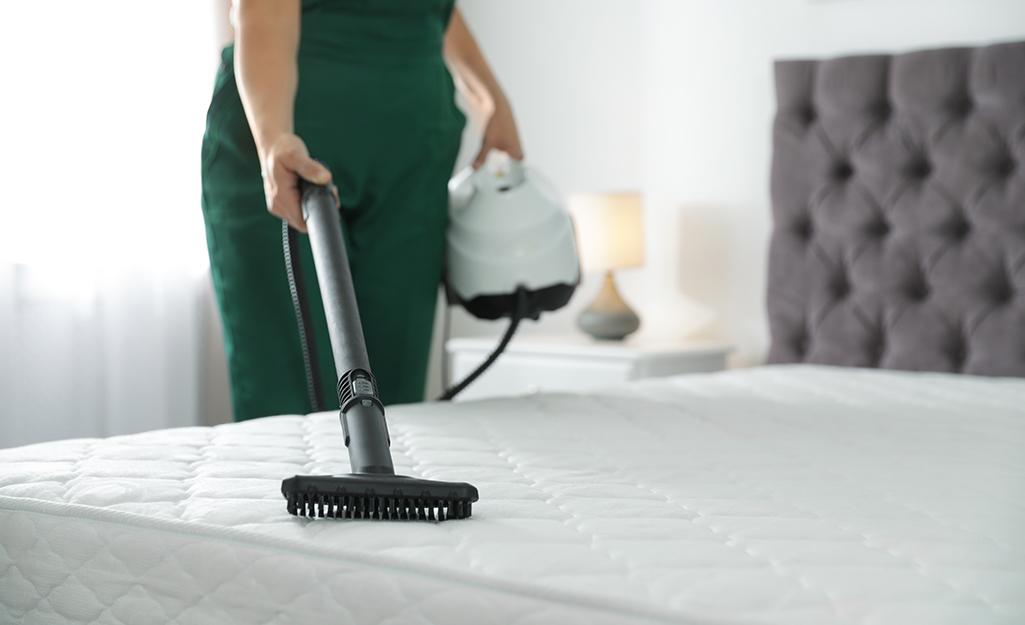
When planning how to kill bed bugs, the treatment should be methodical. Be patient and thorough to ensure success. Also, be sure to wear rubber gloves to avoid getting bitten while treating your space.
- Eliminate clutter around your bedroom by hanging clothing and relocating items stored under the bed.
- Vacuum everything thoroughly - include all carpets and hard floors, the underside of the mattress, the box spring and nearby furniture.
- Use a vacuum attachment to scrape the infested area to dislodge bed bugs and eggs. Immediately empty the vacuum's contents into a tightly sealed trash bag and discard outside of your home. Repeat every few days for two weeks.
- Launder anything washable at high heat. First place clothing, bedding, pillows and any stuffed animals in the dryer for at least 45 minutes at a high temperature (strip the bed carefully to avoid dislodging bed bugs or eggs). Then, wash at the highest temperature the fabric can withstand and dry again at high heat. Seal treated clothing and bedding in clean plastic bags until you're completely done treating the home to prevent reinfestation.
- Heat-treat small household items such as toys, shoes and backpacks in a clothes dryer at medium-high heat for 10 to 20 minutes. Seal items that can't be washed in loosely packed plastic bags and lay out in a hot, sunny location for at least one day. Use a thermometer to make sure your bags reach a target temperature of at least 120 degrees.
- For large items that can't be washed or heat-treated outdoors, use a mattress bed bug treatment kit to enclose and treat mattresses, box springs, furniture and luggage. Seal treated items in the kit's large plastic bag for two to seven days with the pest-killing strip included.
- If you can't easily do any of the treatments above, grab a cleaning pail and scrub the afflicted areas as thoroughly as you can.
Tip: When heat-treating any delicate fabrics, contact your dry cleaner for cleaning help. Take extra caution when treating heat-sensitive items such as electronics or items that may melt.
How to Contain the Infestation
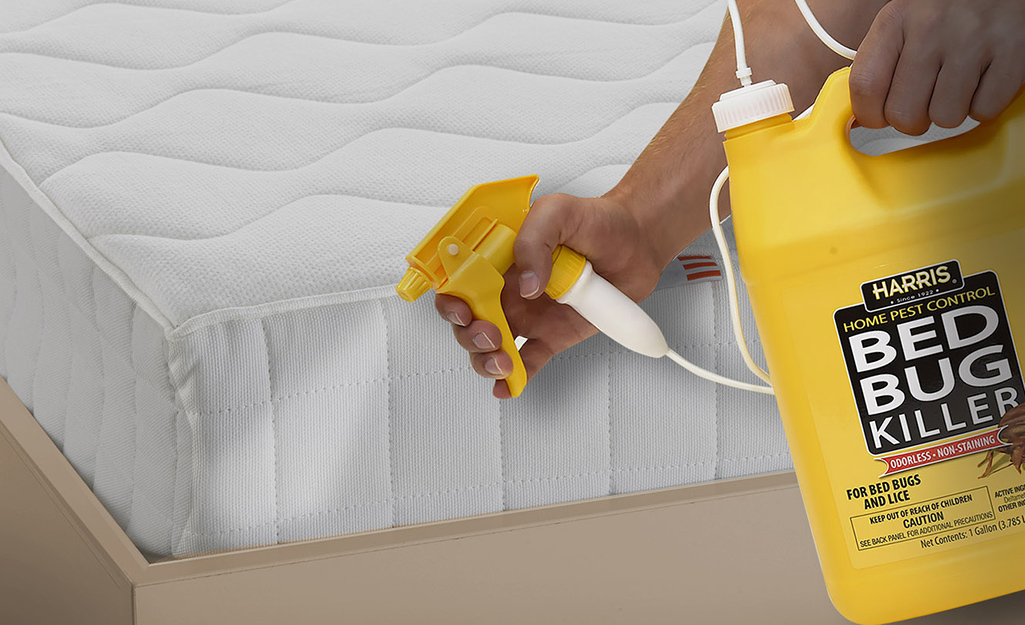
- Treat the room using insecticides labeled for use to kill bed bugs. Be sure that the bed bug control formulas you select contain ingredients labeled as IGRs, or insect growth regulators. These chemicals disrupt the growth cycle of bed bugs and other insects, making them more effective than treatments that kill only adult bed bugs.
- Use a bug bomb or bed bug fogger to treat rooms – open closets and dresser drawers so the insecticide fog penetrates the areas where bedding and clothing are stored. For safety, follow all label instructions and let the home air out completely before people and pets go back inside.
- Use aerosols and liquid bed bug sprays to treat the cracks and crevices where bed bugs hide. Be sure to get it around bed frames, floorboards and baseboards. Aerosol sprays work best for bed frames, luggage, and the tufts and seams of mattresses and box springs. Liquid sprays can also be used on mattresses and box springs, in addition to treating the perimeter of infested rooms, carpet and tack strips. Powders, such as diatomaceous earth (DE), are best used on baseboards and in cracks and crevices. Insects that come in contact with DE will die within 24 hours.
- Proper application is critical in the fight against bed bugs. Follow application instructions carefully. Spray widely to cover carpeted areas. Use moderate applications of DE; though the powder is non-toxic to human and pets, it can aggravate respiratory problems when used excessively.
- Two weeks after treating, thoroughly inspect all your infested areas again and re-treat as needed to kill bed bugs that hatch later. You will likely need to perform follow-up spot treatments.
What are Some Indoor Bed Bug Treatments?
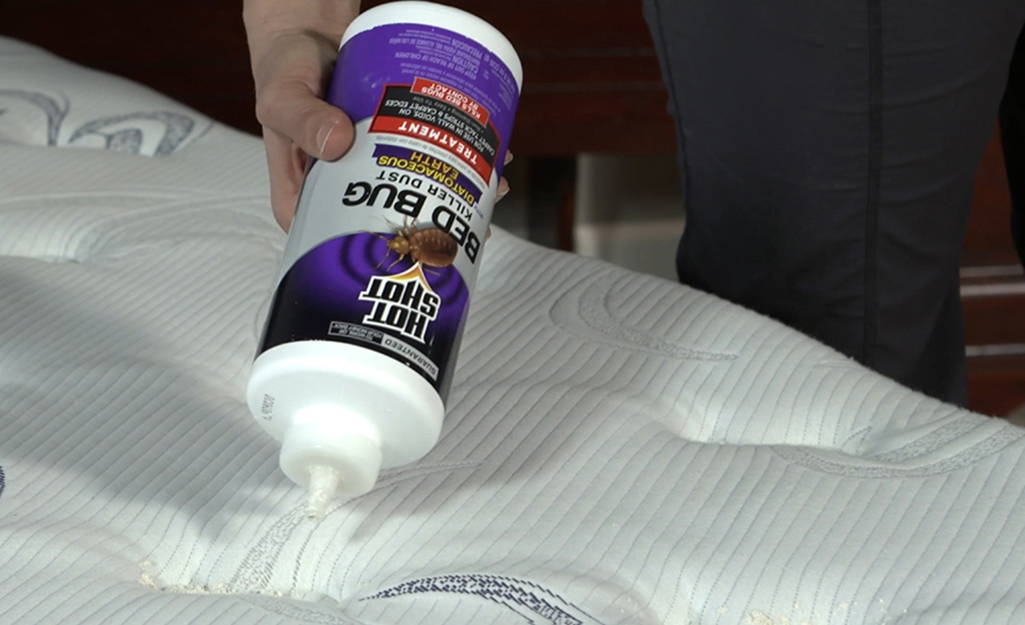
There are many indoor bed bug treatment options, as bed bugs are typically found inside. Read on to see treatments used for getting rid of bed bugs.
- Use insecticides on the affected areas. Make sure they contain IGR ingredients to disrupt the bed bug's growth cycle.
- Use a bug bomb to treat the room as a whole. Make sure you open all drawers so the fog can make its way into all spaces.
- Use aerosol or liquid pest spray in the cracks and crevices in the affected area. Both can be used on the mattress itself.
- Diatomaceous earth (DE) can also be used on baseboards and in cracks and crevices. Bed bugs will die within 24 hours of coming in contact with DE.
Safety Note: Make sure none of these treatments are within the reach of children or pets, or that neither is present when treating the affected areas.
What to Do If You're Bitten
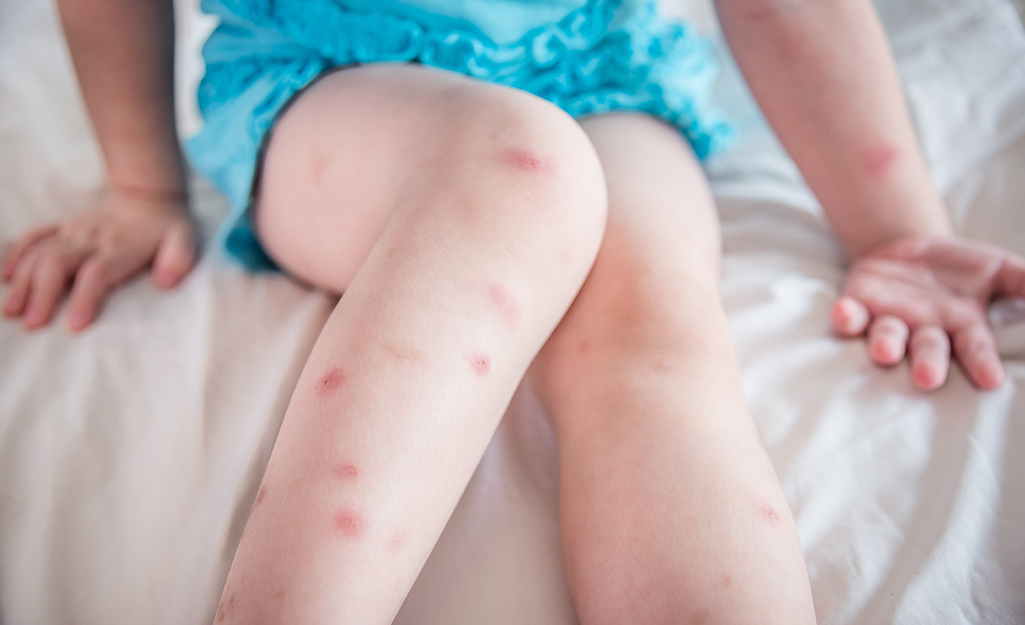
If you're bitten by a bed bug, worry not, as they are usually just as harmless and annoying as a common ant bite. Here are the steps to take if bitten by a bed bug:
- Thoroughly wash the bite with soap and water, then dry.
- Apply an anti-itch cream directly to the bite or bites.
- If the itching persists, take an oral antihistamine.
- If the bite starts to swell or causes you pain, take an over-the-counter pain reliever.
Safety Note: If the person bitten starts having an allergic reaction, go to a doctor immediately.
Perform Preventative Bed Bug Maintenance
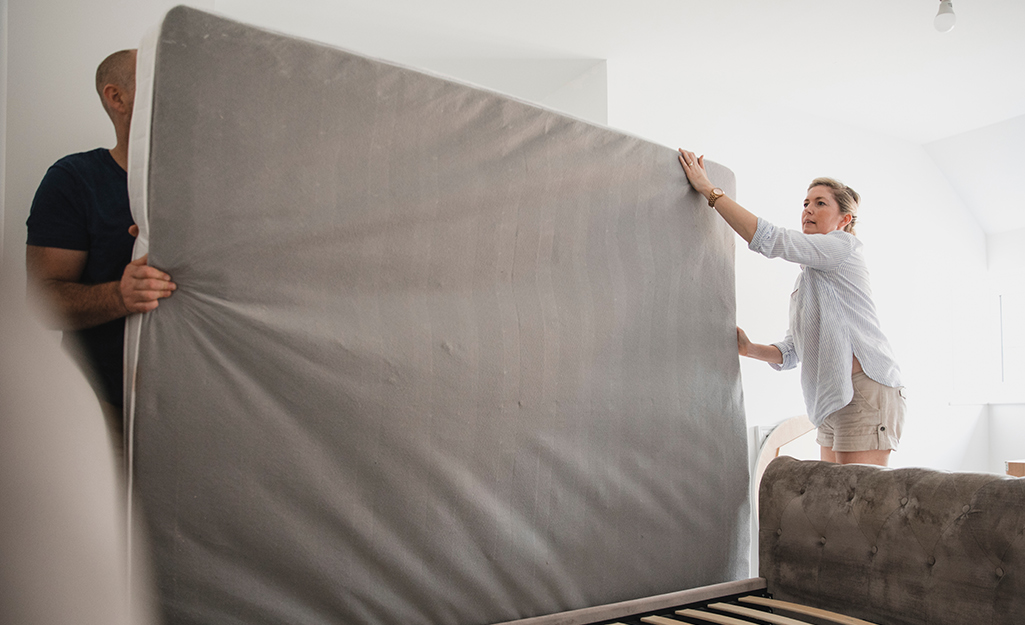
Once you've eliminated the bed bugs, getting rid of bed bugs for good is the next step. Take extra precautions so you don't have to go through the entire process again.
At home:
- Move furniture away from walls and windows, and keep blankets and bed skirts off the floor.
- Use bed bug monitoring devices under pest-free beds, and enclose mattresses and box springs in containers to prevent bed bugs from settling in.
- Use bed bug mattress protectors to discourage future infestations.
- If you run into any bed bug issues outside your home, consider using home and perimeter insect control.
While traveling:
- Travel smart to be sure you don't bring any bed bugs home with you.
- Look over the hotel mattress, bedding, dresser drawers and furniture for signs of bed bugs. Change rooms immediately if you identify any.
- Use the luggage rack to hold your suitcase off the floor and away from the bed, furniture and walls. Keep your belongings in your suitcase.
Ultimately, bed bugs are attracted to people in general, the warmth and carbon dioxide we emit. So, unfortunately, there isn't an efficient way to stave them off if you come into contact with them while traveling. The best methods of prevention are the suggestions listed above.
Bed bugs are manageable following this methodical DIY approach. Getting rid of bed bugs is easier when using a combination of chemical and non-chemical pest control methods. If you still have unwanted pests a month after completing the treatment, contact a professional pest controller.
When you're ready to beat your bed bug problem, get the supplies you need delivered right to your doorstep. We deliver online orders when and where you need them.
